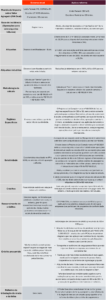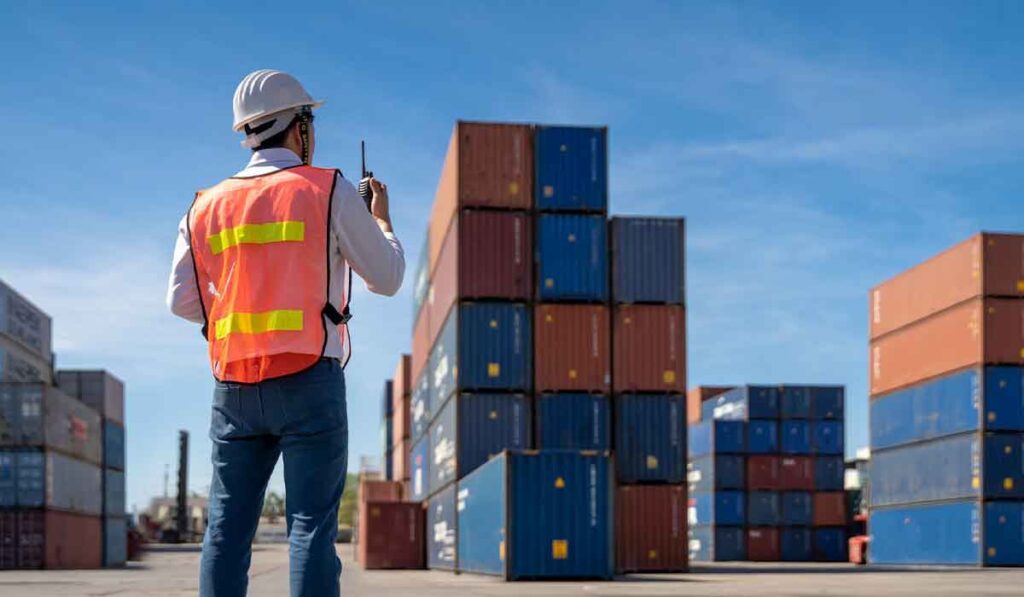The approved Tax Reform will substantially modify the Brazilian tax model, creating taxation guidelines and at the same time bringing our legislation into line with international formats.
In the course of approving the final text, various sectoral approaches were taken into account, since the economic impacts of the new taxation model are systemic.
The foreign trade sector was not left out of the effects of the Reform and, for this reason, we bring you the main changes to be perceived by the segment.
Responsible for approximately 40% of Brazil’s GDP, according to data from Deloitte, foreign trade has undergone a rethink in recent decades: modernization of systems, integration of regulations, editing and expansion of customs regimes, simplification of tax payments, among other measures, have been adopted with a view to improving and developing the sector in the country.
Foreign trade practices do not involve simple mechanisms, since their activities impact entire flows of a business operation (stocks, freight, storage, market strategies, etc.), but one of the central points of the Tax Reform is precisely the simplification of tax collection and payment mechanisms, which makes approval advantageous for the sector.
Understanding the Reform
The main change in the Tax Reform is the consolidation of five taxes into two.
According to the text, the new tax system foresees that the federal taxes IPI, PIS and COFINS will be transformed into the Contribution on Goods and Services (CBS), while the state tax ICMS and the municipal tax ISS will be unified into the Tax on Goods and Services (IBS).
There will also be a Selective Tax (IS), which will be levied on goods and services that are harmful to health or the environment, with the aim of discouraging the production and consumption of these items.
The text approved by Congress added a “brake” to the single national rate, set at 26.5%. The IBS and CBS rates will be set individually by each entity (Union, States and Municipalities), by means of specific laws.
The proposal states that an assessment will be made in 2031, to check whether the sum of the CBS and IBS rates, which will come into force in full in 2033, will result in a value higher than 26.5%. In the event that the figure is higher than estimated, a new bill will have to be sent by the Executive Branch, in conjunction with the Management Committee, in order to propose a reduction in benefits for sectors or products.
Impacts of the Tax Reform on foreign trade
The adoption of a single taxation model such as the one established with the tax reform (VAT), through the application of a single rate, provides more clarity in verifying the tax burden on each of the products traded. This in itself allows companies to effectively measure the price of their product and make it more attractive in foreign trade.
It is important to note that, with the inclusion of the new taxes (CBS and IBS), there will be standardization of the bases for calculating the taxes due on imports, with the same tax burden applying to domestic products.
The novelty observed with the new taxes also depends on the Selective Tax (IS), which may have the same calculation basis as the IBS and CBS, but which enters the new model as a disincentive agent for some goods and services.
Selectivity is a point of great attention and one that may yet undergo changes. At the moment, by way of example, the goods chosen for the purposes of the Selective Tax were: vehicles (including electric vehicles and excluding trucks); aircraft and boats; cigars; cigarettes; beer; wine; soft drinks and iron ore.
Certainly, trade in these items or even their derivatives will suffer an impact, but it will only be after the reform has been approved by the Senate that it will be possible to get a better picture.
Proof of this is that, as established by the new regulations, the basis for calculating IBS and CBS on the import of material goods will be the customs value plus: Import Tax; Selective Tax – IS; Fee for Use of the Integrated Foreign Trade System – SISCOMEX; Additional Freight for Renewal of the Merchant Navy – AFRMM; CIDE; anti-dumping duties; countervailing duties; safeguard measures and any other taxes, fees, contributions or duties levied on imported goods until their release.
It is worth noting that the rates levied on each import of a material good are the same as those levied on the acquisition of the respective good in the country, which favors the consumption of domestic products.
A different scenario is observed in the incidence of CBS and IBS on exports of goods and services, given that, as established in the regulations, there is immunity from these taxes, including ensuring the appropriation and use of credits relating to transactions in which it is the purchaser of goods or services, with the exception of transactions subject to a zero rate or exemption.
The states will also be able to institute a contribution on primary and semi-finished products, replacing the contributions that existed until April 30, 2023, which had been instituted as a condition for enjoying differentiated ICMS treatment. There is also the possibility of state contributions being levied on exported products.
The good news is that export exemptions and the right to exporter credits are maintained. The ICMS tax benefits on imports are also maintained until 2032, with a possible gradual reduction over the period.
Another important point to note concerns the ICMS credit balances for exporters, whose system of use at the end of 2032 will follow the following criteria:
- Automatic approval of credit balances in the absence of a statement from the state (deadline to be defined in a complementary law);
- The amount will be offset against the IBS, by informing the Federative Council of said tax;
- The amount will be updated by the IPCA;
- The complementary law may provide for the transfer of balances to third parties and the possibility of reimbursement if it is not possible to offset;
- Compensation may be made in up to 240 monthly installments.
Points for attention
The uncertainty over the rates and calculation bases to be used, as well as the delegation of the main points of the reform to later complementary laws, are factors that call for attention.
In addition, the sector should be aware of whether or not the special customs regimes will be maintained, so that due to the application of the principle of neutrality and full non-cumulativeness, it is uncertain whether they will be maintained, which could substantially affect companies that had such long-term projections of using the benefits.
Main changes compared to the current system
Below is a table summarizing the main changes brought about by the Tax Reform compared to the current system:

The comparative table above shows the changes that could occur with the Tax Reform in the foreign trade sector.
Did you like the content? We hope it has clarified what will change for foreign trade with the Tax Reform.
If you have any questions, click here and talk to our team of experts.








